How to test deep-baked coffee beans? How to measure deep-roasted coffee beans objectively and economically?
Professional coffee knowledge exchange More coffee bean information Please pay attention to coffee workshop (Weixin Official Accounts cafe_style)
With the promotion of the concept of fine coffee, more and more people begin to pay attention to the freshness of coffee beans, and in some roasting shops with small production volume or more varieties, the most troublesome thing is the stability of flavor in daily roasting, especially in small batches, so the cup test after each roasting is necessary.
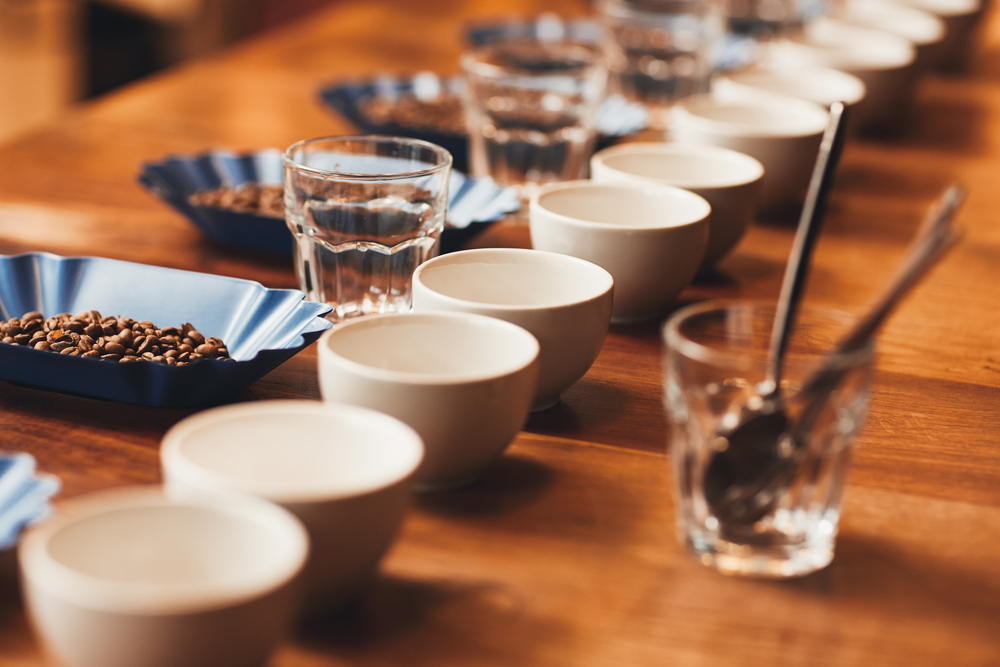
Cup test is generally considered to be the most objective, stable, standard inspection method, most of the time in order to avoid the interference of brewing drop, bakers will do a cup test on the baking day first, quickly check today's baking state, although the beans will be too fresh, but they must quickly understand the baking state of the day, if there is a significant deviation can be recorded, adjusted immediately. If you want to rebake a pot immediately or set up a control group, you must do it on the same day to maintain the same baking environment.
Friends who have regular cup tests should not be difficult to find, in the outside cup test when most of the baking degree is shallow or medium, very few will appear in the deep, or even deep baked beans, even if there is, everyone seems to frown, think things are not simple.
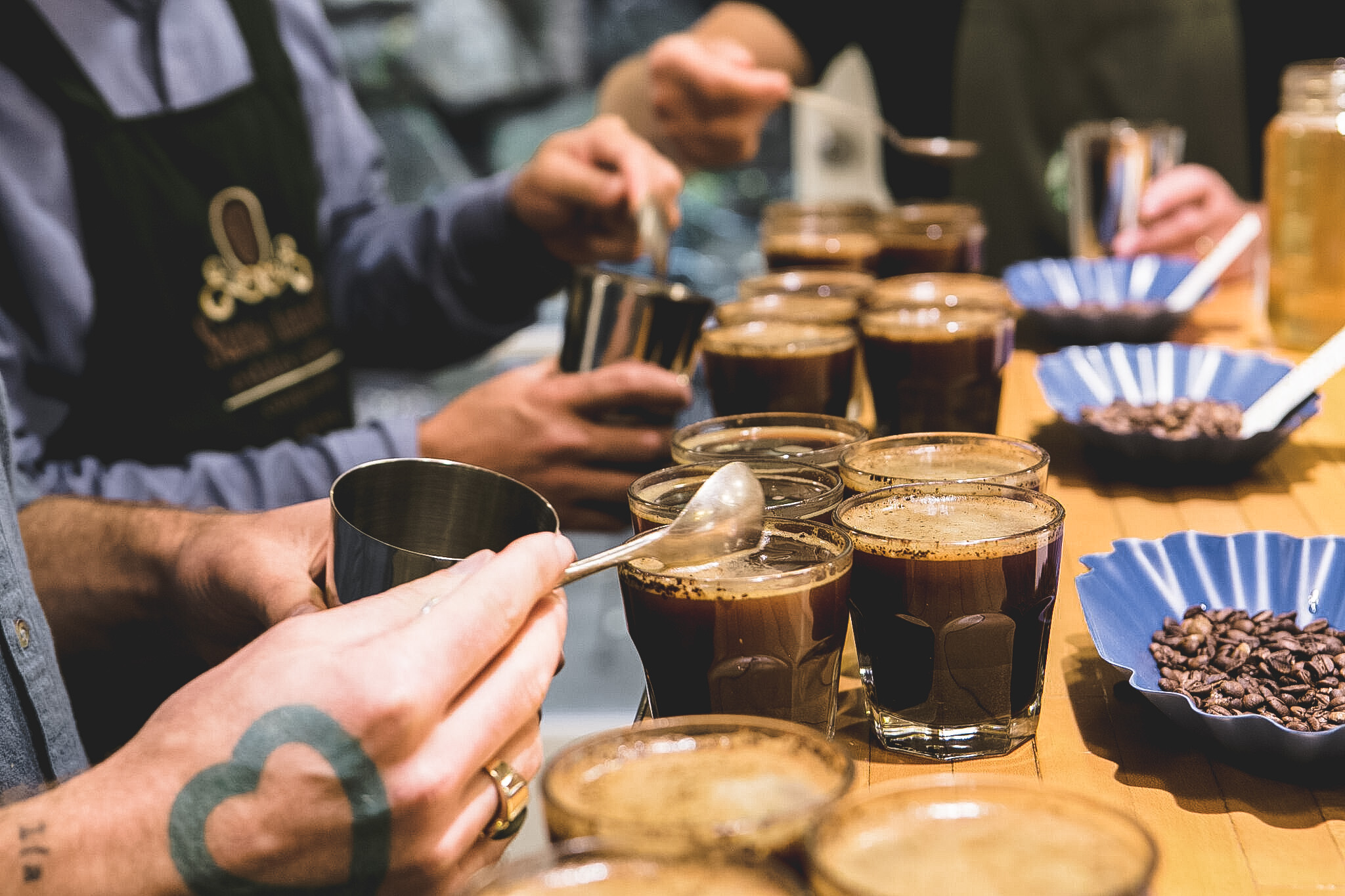
Because most of the time, the beans after medium and deep baking are not very pleasing in the cup test performance! It is either bitter and dull, or the taste is crowded together. Even people who like medium and deep baking often feel like "spotted herbal tea" when they drink it.
Although the performance in the cup test is not satisfactory, but experience as long as a few days or with normal brewing methods such as: hand brewing, siphon, etc., the flavor of deep baking can have a better presentation, but hand brewing, siphon, etc. are ultimately modified brewing methods, for the inspection of baking results is a less stable test method, because you may be difficult to attribute in the first time in the end is a baking problem or a brewing problem?
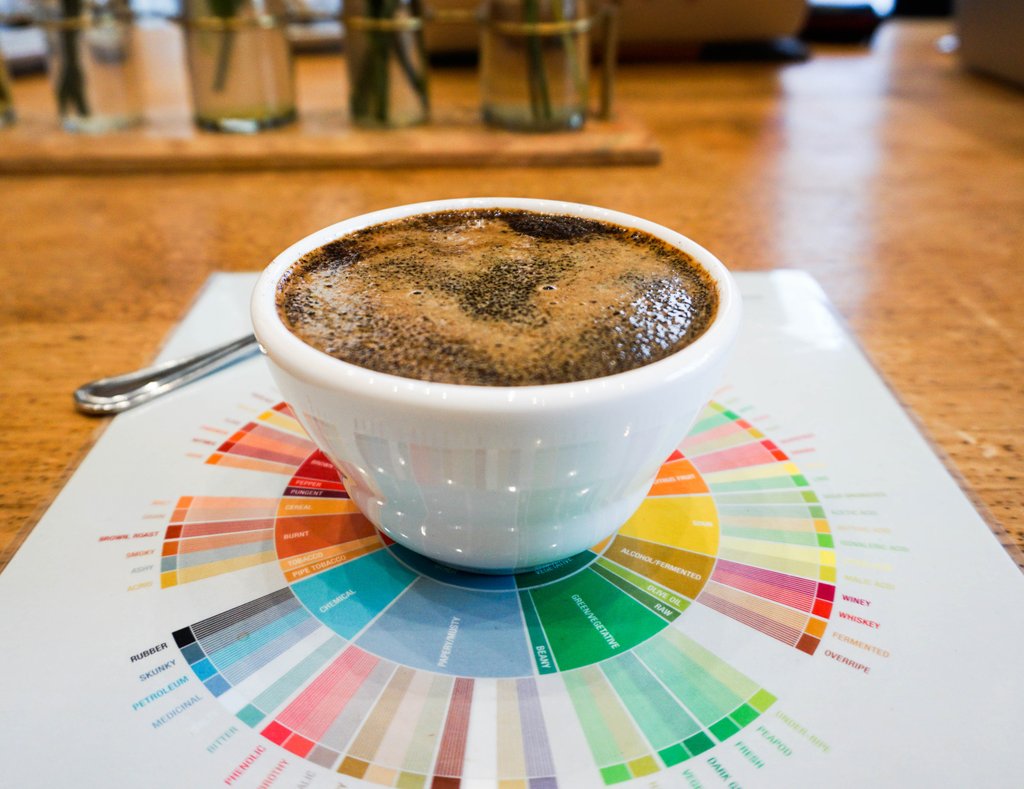
Deep baked beans in the cup test easy to appear what problems?
1. exhaust
Deep baking produces more gas in the beans than shallow baking, and when hot water is poured in, it can be found that they expand rapidly and violently, which is also the biggest obstacle to deep baking.
The powder layer with violent expansion will affect the water injection amount during cup test. Since cup test uses the same volume as the reference for fixed powder-water ratio, when the powder layer with violent expansion is baked deeply, the powder layer will be filled to the edge of the cup very quickly, resulting in the actual water injection amount being less than expected. So if you use the same bean weight and cup size bowl, the deep-baked powder tends to be thicker than the light-baked powder (the original setting is 1:18 but the actual ratio may be 1:17)
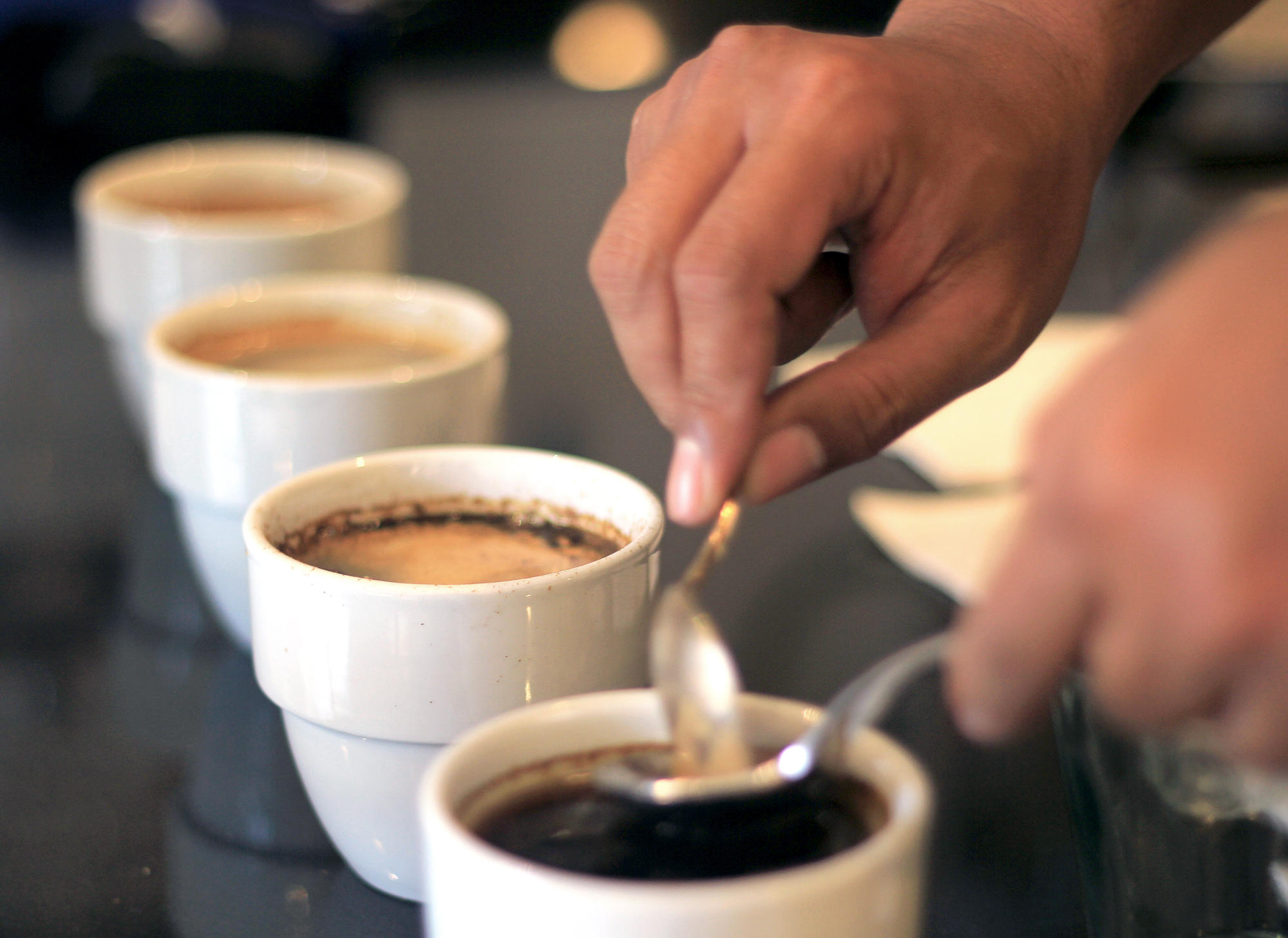
2. different densities
After roasting, coffee beans expand by about 50%. The degree of expansion increases with the degree of roasting. Deep roasting has a higher weight loss rate and lower density. Therefore, the same weight of deep baking is larger than the shallow baking volume, and therefore will occupy more volume in the cup measuring bowl, again reducing the amount of brewing water and increasing the powder water ratio.
But the magnitude of this effect may have to be measured more carefully, and it may be a negligible error.
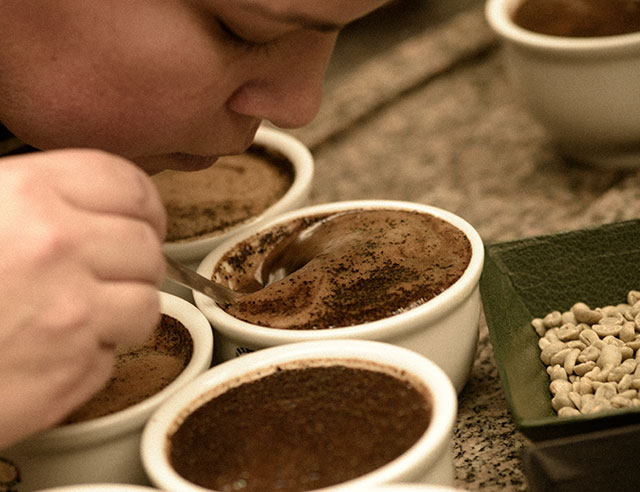
3. heterogeneous extraction
Deep roasting carries more fat than light roasting, and these oils will make coffee powder "sticky," even if it is not shiny, you can also find that it is harder to stir it than light roasting, so we have reason to wonder whether the powder layer of deep roasting will not be evenly soaked and extracted. Even if it's an immersion extraction.
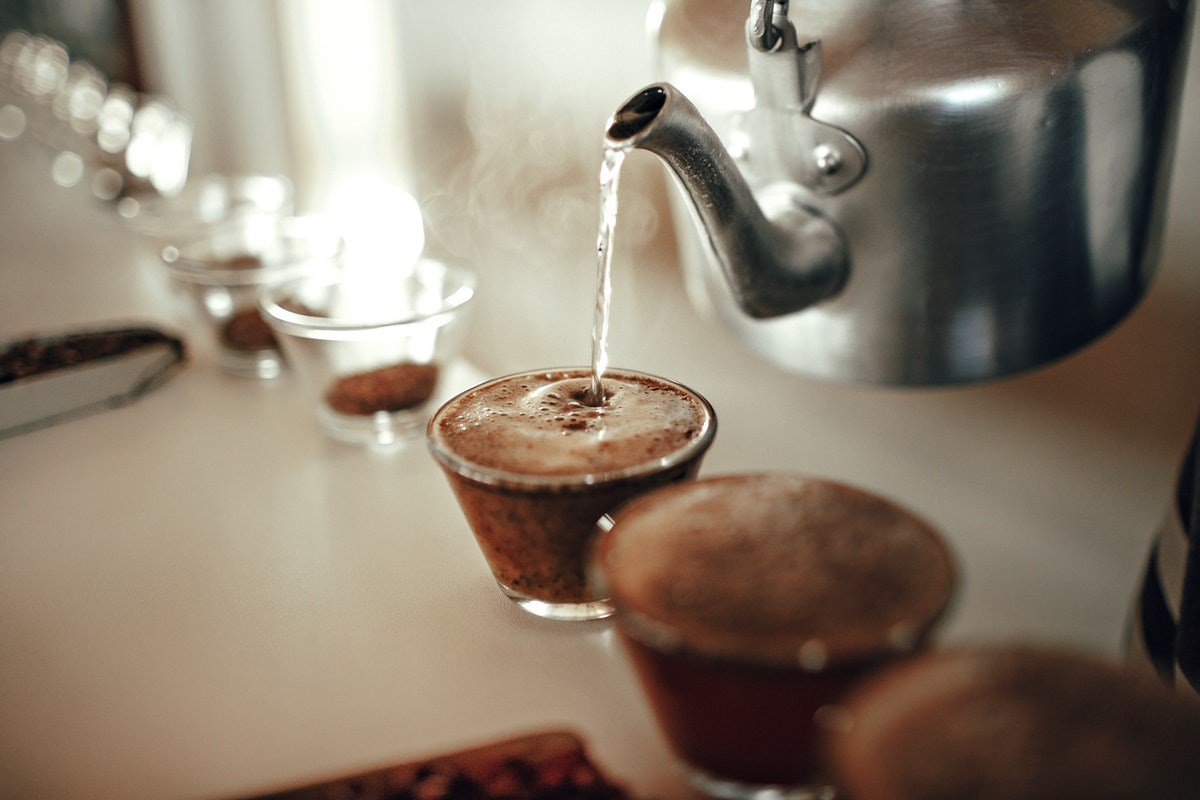
4. Different extraction temperatures
Take KONO as an example, the extraction temperature is 85℃, in order to avoid extracting too much bitter substances. In addition, the deep-baked bean tissue is also easier to release flavor substances than the shallow baking, so the same 94℃ with the shallow baking cup may cause more excessive extraction.
The above four points are doubts and inferences we have made from observed phenomena, which need to be confirmed by more experiments.

Should we use the same cup test conditions for deep baking? If not, then what extraction conditions are objective and economical? Welcome to speak!
END
Important Notice :
前街咖啡 FrontStreet Coffee has moved to new addredd:
FrontStreet Coffee Address: 315,Donghua East Road,GuangZhou
Tel:020 38364473
- Prev
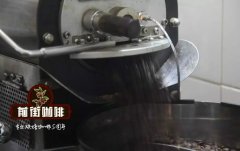
How about Colombian Huilan coffee? Characteristics of coffee in Antioquia, Colombia
Professional coffee knowledge exchange more information about coffee beans Please follow the coffee workshop (Wechat official account cafe_style) it is said that Colombian coffee comes from the Caribbean island of Haiti. After years of development, the soft coffee produced in Colombia has become one of the highest quality varieties in the world. Today, Colombia has become one of the largest coffee producers.
- Next
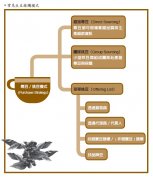
High-priced beans = good beans = ultra-high quality? What are the ways and methods to buy raw coffee beans?
Professional coffee knowledge exchange more coffee bean information Please pay attention to the coffee workshop (Wechat official account cafe_style) at present, the supply of raw beans in the market is not only abundant and diverse, how to maintain the stable quality of raw beans and establish a long-term strategic partnership with sources is a major responsibility of bean buyers. There are three questions that bean hunters should always ask themselves and use as inspection tools: high-priced beans
Related
- Detailed explanation of Jadeite planting Land in Panamanian Jadeite Manor introduction to the grading system of Jadeite competitive bidding, Red bid, Green bid and Rose Summer
- Story of Coffee planting in Brenka region of Costa Rica Stonehenge Manor anaerobic heavy honey treatment of flavor mouth
- What's on the barrel of Blue Mountain Coffee beans?
- Can American coffee also pull flowers? How to use hot American style to pull out a good-looking pattern?
- Can you make a cold extract with coffee beans? What is the right proportion for cold-extracted coffee formula?
- Indonesian PWN Gold Mandrine Coffee Origin Features Flavor How to Chong? Mandolin coffee is American.
- A brief introduction to the flavor characteristics of Brazilian yellow bourbon coffee beans
- What is the effect of different water quality on the flavor of cold-extracted coffee? What kind of water is best for brewing coffee?
- Why do you think of Rose Summer whenever you mention Panamanian coffee?
- Introduction to the characteristics of authentic blue mountain coffee bean producing areas? What is the CIB Coffee Authority in Jamaica?

